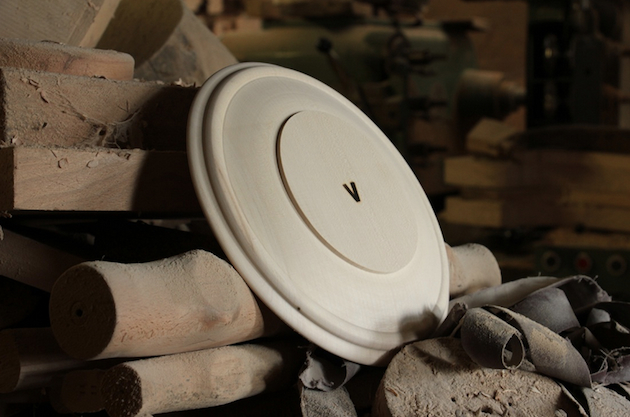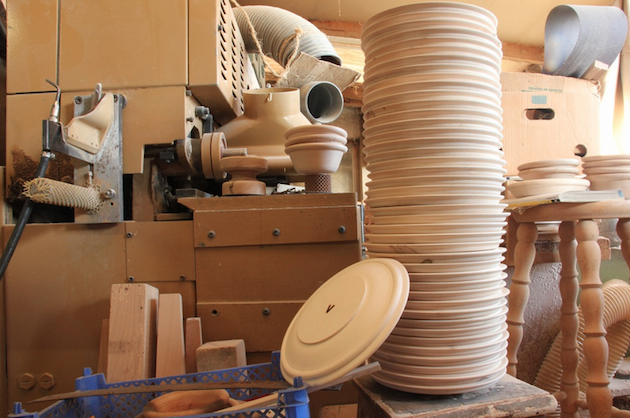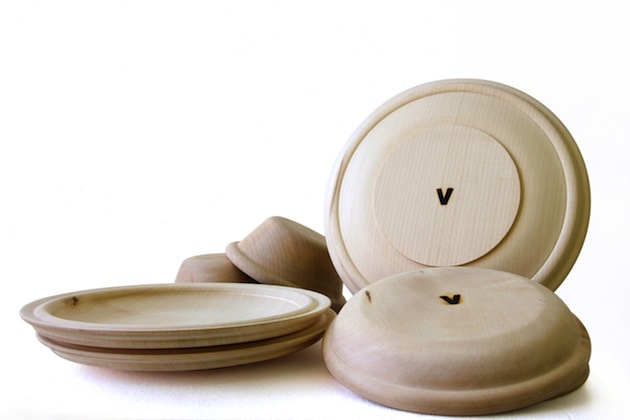
Any discussion about design inevitably starts from the final product: the material qualities of a chair, a table, a lamp, a book, a poster, are thoroughly scrutinized in search of traces that, by revealing how such an object was made, might also tell a story about why it was made – transcending the apparently simple and direct purpose of the object itself and giving shape to a wider story about our world. Nevertheless, some projects are able to reveal this wider purpose by their very design – calling to our attention not so much the subtle curves and minute details, but the process that brought them to light.

Matali Crasset’s latest endeavour is one such project – designed not so much as a series of objects to be looked at (or, perhaps, even used), but as a media to read into relationships that design can build, systems that it can create in the context of a ‘wider world’. Crasset, whose designs often hint at community engagement and social responsibility, proposes a project that is valuable only as a means of accessing and participating in the network of relationships it builds. “We Trust in Wood” is an exploration of design as a medium of engaging with a community, in this case, local artisans from the Meuse region in the north-east of France. Developed in collaboration with Vent des Forêts, a local organisation of six villages that builds relationships with designers and artists to help develop the identity of the area, “We Trust in Wood” is a series of simple wooden plates and bowls in three different sizes crafted by a local artisan. The design of the objects themselves – if subjected to a quasi-archeological analysis – reveals precisely the intention to focus on the economy of their production.

An archetypical form, the plate is characterised by wide, thick borders and simple curves – almost forgoing any formal distinction or virtuosity, submitting their aesthetic dimension to the needs of the handicraft production. As Crasset put it, “You don’t fight wood. Even when you do something simple like turning it, you have to understand it because the material is irregular. You gain control by understanding how the block is structured. It’s a lot about feeling.”, and the final product – with its subtle irregularities and unique details – reveals precisely the grace of touch of the artisan who made it. “We Trust in Wood”, thus, serves as a textbook example of what design can do – how its three-dimensional form engages with realities that are well beyond its direct materiality. For the designer, “We Trust in Wood” is about shaping a network, from the design, to production, distribution and use. For the artisan, it is about crafting his identity, together with that of his territory. And for the users, it is all about getting a little bit closer to understanding what design could be.
Rujana Rebernjak
